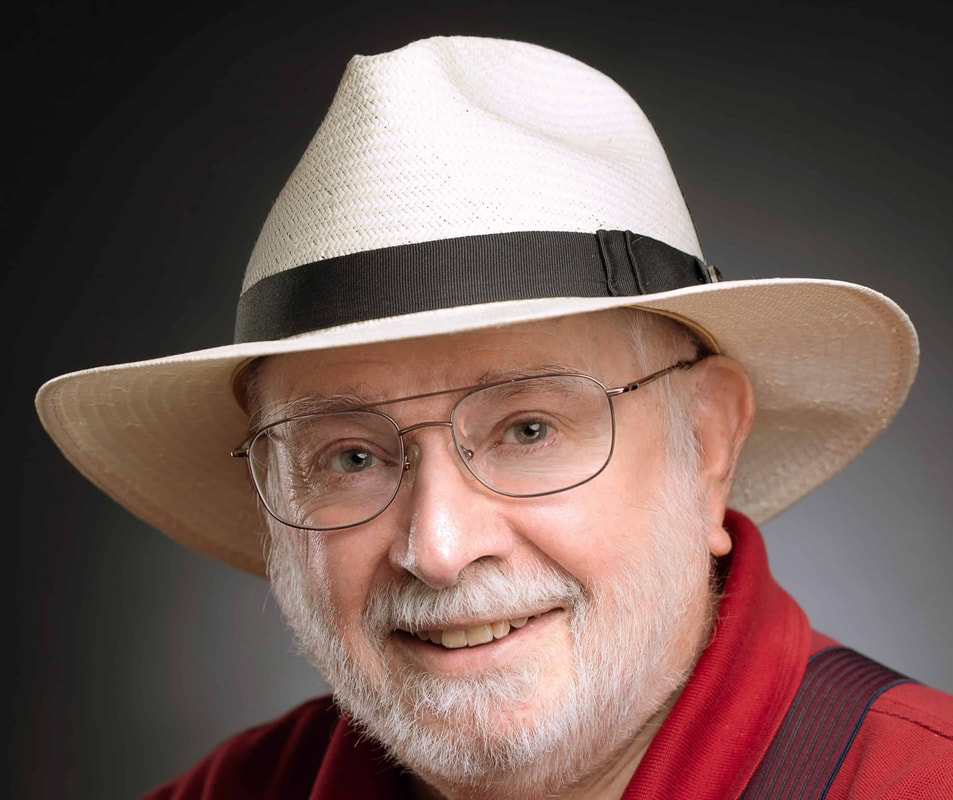|
“Three...two...one...fire!” Hissss. Pop. “Uh, oh!” said the technician as the meters all swung to zero and red lights lit up down the length of the long control panel. My signals also had disappeared. “What’s up?” I asked. “We just blew up the test stand.” “That little pop?” “Yeah, that little pop.” I moved toward the door to see what had happened. I visualized some minor damage. The little pop made it seem like the technician must be exaggerating. “Hold on, don’t go out,” he said. “Safety requires an hour wait.” He was right. Hydrogen and Fluorine were the propellants for our rocket engine — nasty stuff those, and they had to be fully dissipated before we could pay a visit outside. The test stand consisted — I should say had consisted, before our recent, most rapid remodeling — of a concrete blockhouse, a neat tangle of piping and tanks above a concrete pad, and the rocket mounting fixtures. These fixtures projected the blast from the engine horizontally over the lip of a steep canyon near the fabled California town of San Juan Capistrano. The blockhouse was long and narrow — perhaps twice the size of a large living room. It was situated about thirty yards from the canyon’s edge and oriented parallel to the edge. The control panel stretched along the entire length of the blockhouse wall facing the canyon. Doors at each end of the blockhouse opened onto narrow, concrete walled, and labyrinth shielded, walkways which led to the canyon lip. Between the blockhouse and the canyon was the tangle of silvery pipes and tanks — all of which were suspended over our heads by massive steel girders. These girders also supported the cradle which mounted the rocket engine. With nothing to do, time passed slowly until the all clear was given. Eagerly, I walked out the door and passed the labyrinth shield to find that the entire far end of the test stand had simply . . . vanished. Ten yards from the edge of the canyon the piping and girders, the rocket engine and its cradle, all had been sheared off, as neatly as if with a surgeon’s scalpel, and vaporized. Only the concrete pad remained, just slightly scorched. “We won’t be doing any more testing soon,” said the technician. “I’ve seen this before. It’ll be a year before we get this place up and running again.” All I had, after nearly a year’s hard work, was about a second’s worth of now priceless data. I realized we would have to proceed to the flight tests without the confidence building experiments that we had intended. That’s often the way it is with National Priority programs. What we were doing was, after all, of the greatest national significance... Excerpt from "Rocket Science," in From The Potato to Star Trek and Beyond: Memoirs of a Rocket Scientist. Copyright @ 2022 Chester L. Richards. All rights reserved. Photo Minuteman III Rocket launch from Vandenberg Air Force Base. Camera Operator: F. Franz. Released to public. New! See me talking about Flying Rockets in Space, crystals and bedrooms on new YouTubeVideo!
0 Comments
Leave a Reply. |
From Chester L. Richards
Hello, and happy to see you here! A little about what's behind these stories: Having retired from the world of aerospace engineering, I now spend time reading, inventing, listening to music, taking photographs and sharing them with friends. And writing stories. Often about people I've met as I've traveled to exotic places, learned about music, surfing, white water rafting, optics, photography. Every story is true. I hope you enjoy them. Archives
June 2024
Categories
All
|


 RSS Feed
RSS Feed





